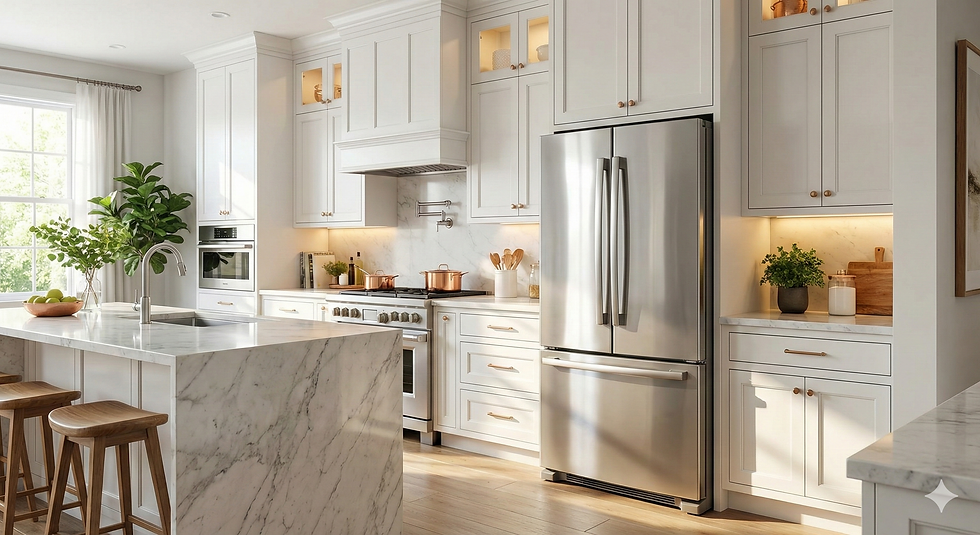The Magic of Lighting: How One Touch of Light Can Transform an Entire Space?
- Sonia Awamleh
- Jun 29
- 1 min read
Lighting plays a vital role in interior design—not just for visibility, but in enhancing aesthetics, highlighting furniture details, and influencing mood, comfort, and safety.

Importance of Lighting:
Sets the Mood: Lighting can create a calming or energetic atmosphere.
Highlights Architecture: Accentuates walls, columns, and textures.
Improves Functionality: Offers clarity for tasks like reading or cooking.
Affects Space Perception: Makes small spaces feel larger or maintains balance in large rooms.
Showcases Furniture & Colors: Brings out textures, hues, and design elements.
Creates Focal Points: Draws attention to key features.

Types of Lighting:
Natural Light: Enhances mood and reduces eye strain.
Ambient Lighting: Provides even, general illumination.
Task Lighting: Focused lighting for specific activities.
Decorative Lighting: Adds visual appeal with stylish fixtures.

Tips for Choosing Lighting:
Room Size: Small rooms benefit from wall or ceiling lights; large ones may need pendant or floor lamps.
Light Color: White light boosts focus; warm light creates coziness.
Brightness Control: Dimmable lights allow flexibility.
Consult a Lighting Designer: For expert planning and placement.

















Comments